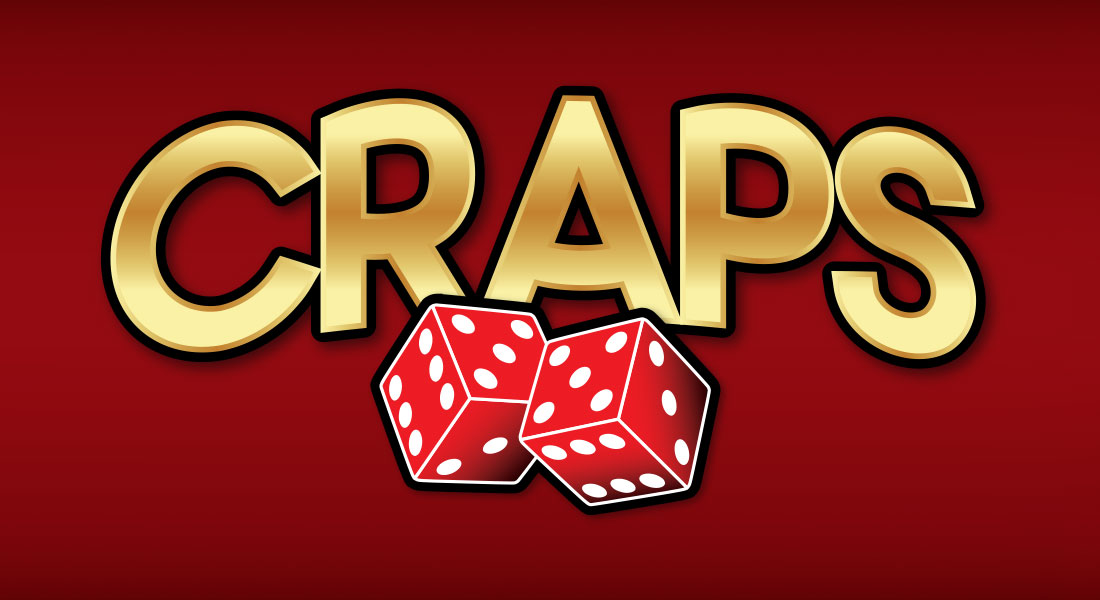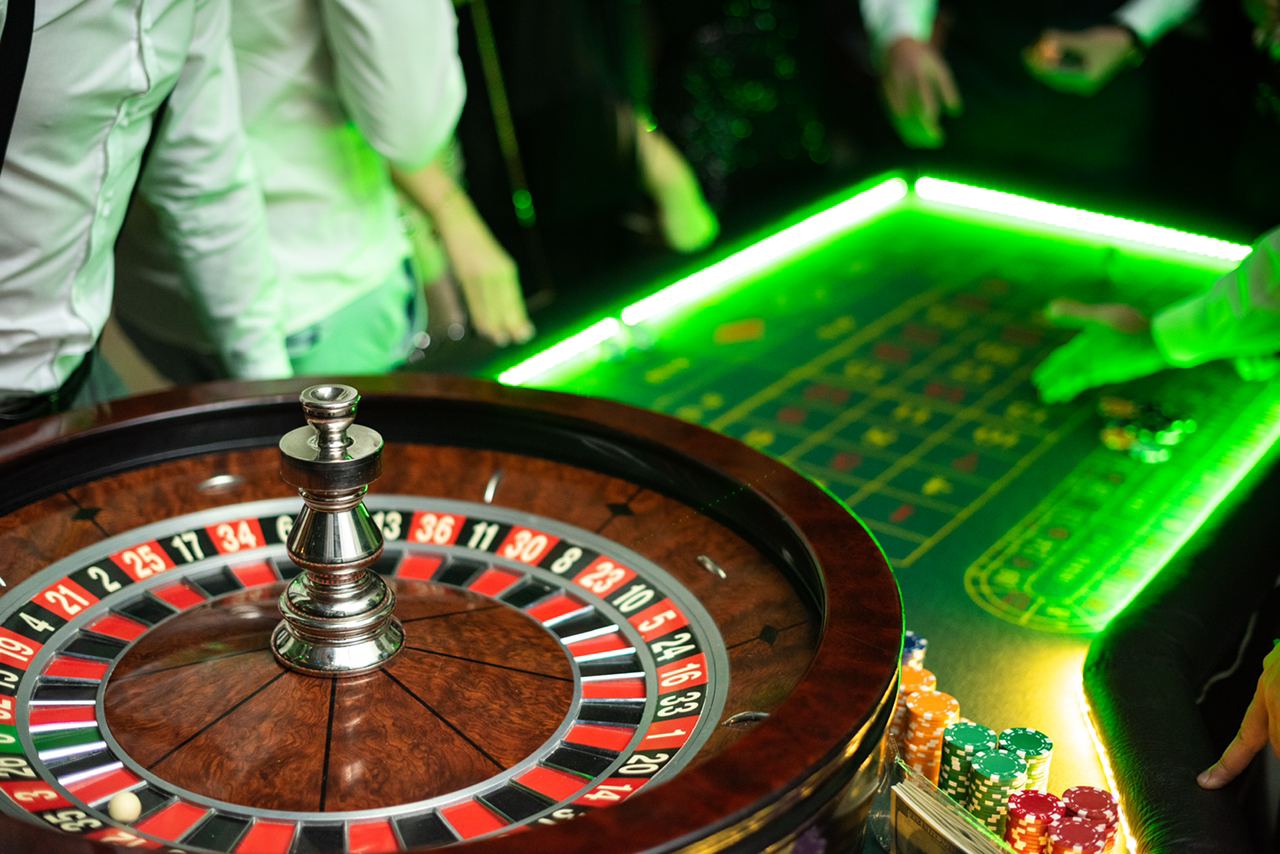The Martingale strategy in casinos always attracts interest from players looking to manage risk and keep results under control. The method is based on mathematics and strict discipline, requiring an understanding of the specific game rules, probability calculations, and limits. First applied in France in the 18th century in roulette, the system gained popularity in online casinos due to the transparency of its mechanics and availability in games with simple bets.
The Essence and Principles of the Martingale Strategy in Casinos
The Martingale strategy is based on doubling the bet after a loss. The goal of the method is to recover the lost money and make a profit equal to the initial stake as soon as a win occurs. The algorithm is simple: the bet is doubled after each loss until a positive outcome is achieved.
The main elements of the mechanics are:
- initial level bet;
- doubling after a loss;
- returning to the minimum amount after a win.
The system relies on a probabilistic model: each bet exists independently, but the sequence creates an illusion of predictability. This is both the strength and weakness of the method.
Types of Martingale Strategy in Casinos
Over time, the basic strategy has received different interpretations to adapt to the game pace and player’s budget size. These variations help distribute risk differently while maintaining the core logic of the system.
Variations of the method include:
- Classic variant – doubling the bet after each loss.
- Anti-Martingale strategy – on the contrary, increasing the bet after a win, allowing the use of a lucky streak.
- Modified schemes – adding a fixed amount instead of doubling.
Various types of Martingale strategy help reduce the strain on the bankroll and increase the duration of the game. However, all versions are based on the same principles of doubling and discipline.
Application in Craps
The Martingale method is particularly actively used in the game of craps. The classic Pass Line and Don’t Pass lines are suitable for applying the strategy as the success probability is close to 50%.
The player makes a minimum bet on the Pass Line. In case of a loss, the bet is doubled. After a series of failures, the bet progression looks like this: $10, $20, $40, $80, $160. By the fifth step, the investments reach $310, with a win returning the entire bank and providing a net profit equal to the initial $10.
Craps is convenient for Martingale for three reasons:
- minimal casino advantage over the player – 1.4%;
- simplicity of bets and absence of complex combinations;
- high dynamics of rounds.
However, the risk of reaching the limit quickly remains, and during a long series of losses, even a large bankroll loses stability.
Usage in Roulette
The Martingale strategy in casinos is traditionally associated with roulette. Players apply it to bets on red or black, even or odd. The success probability in the European version is 48.6% since zero remains with the casino.
For example, starting with a €5 bet on black. After three losses, the amount increases to €40. On the fourth attempt, a win of €80 compensates for all losses and brings a profit of €5.
Despite the transparency of the method, roulette quickly reveals its weak point: limited table limits. If the limit is set at €500, a long series of failures destroys the entire strategy.
Application in Blackjack and Baccarat
The Martingale system in casinos is also found in blackjack and baccarat. In blackjack, the method is complicated by the possibility of decision-making – double down, split cards, take an additional card. These options affect the bankroll size and the speed of bet growth.
In baccarat, the Martingale system is more often applied to bets on “Banker” and “Player.” The winning probability on the banker is 45.8%, making it popular for consecutive doubling.
The key to success in both games is discipline and knowing when to stop. Without controlling the limits, Martingale turns gambling into a risky race.
Key Conditions Affecting the Success of the Martingale Method in Casinos
The effectiveness of the method depends not only on the doubling scheme itself but also on the conditions under which the bets are placed. Ignoring these parameters leads to increased risk and reduces the method’s stability. Evaluating the method’s effectiveness requires an analysis of external and internal conditions.
For example:
- Bankroll size – determines the number of steps in the doubling series.
- Limits – restrict the possibility of infinite increase in the amount.
- RNG (random number generator) – ensures the independence of each deal or spin, eliminating predictability.
- Event probability – the closer the indicator is to 50%, the more stable the method works.
- Game choice – roulette, craps, blackjack, or baccarat create different dynamics.
- Game pace – a fast rhythm accelerates bankroll depletion.
The combination of these factors determines not only the financial result but also how long a player can adhere to the chosen system. The more attentively they are taken into account, the higher the chance of using the Martingale strategy more consciously and rationally.
Risks and Limitations
The Martingale strategy in casinos carries high risks. During a series of losses, the exponential growth of bets leads to rapid depletion of the bankroll. In real conditions, casino limits prevent unlimited doubling of bets.
For example: starting with $10. After 10 consecutive losses, the next bet amount will be $10,240, and the total investment will be $20,470. Even a large bankroll cannot withstand such pressure.
Statistics show that the probability of 10 consecutive losses in a game with around 49% chances is approximately 0.07%. The value may seem insignificant, but during a long distance, such series occur regularly.
How to Make the Application of the Strategy More Effective
The Martingale strategy in casinos is suitable for disciplined players willing to limit risk. The method provides a small but stable profit in short series, but long unsuccessful streaks lead to significant losses.
To increase effectiveness:
- choose games with minimal casino advantage;
- set limits for the bankroll;
- consider the probability of long losing streaks;
- set a winning goal and stop playing once it’s reached.
This approach allows using the system consciously, maintaining a balance between risk and potential profit.
Conclusion
The Martingale strategy in casinos is based on doubling bets and seems logical, but long losing streaks make it limited. The method is suitable for short-term play with clear goals and strict bankroll control. It teaches discipline and calculation but does not guarantee a stable income. The system’s feature lies in the simplicity of the formula, which requires a deeper evaluation of probability, limits, and personal decisions.
 en
en  de
de  ar
ar  es
es  hi
hi  fr
fr  nl
nl  ru
ru  it
it  pt
pt  el
el 



